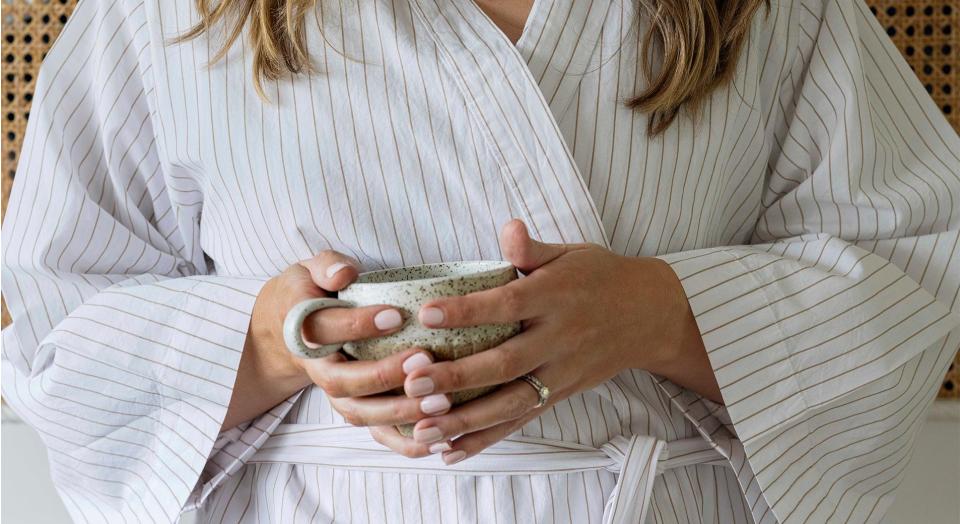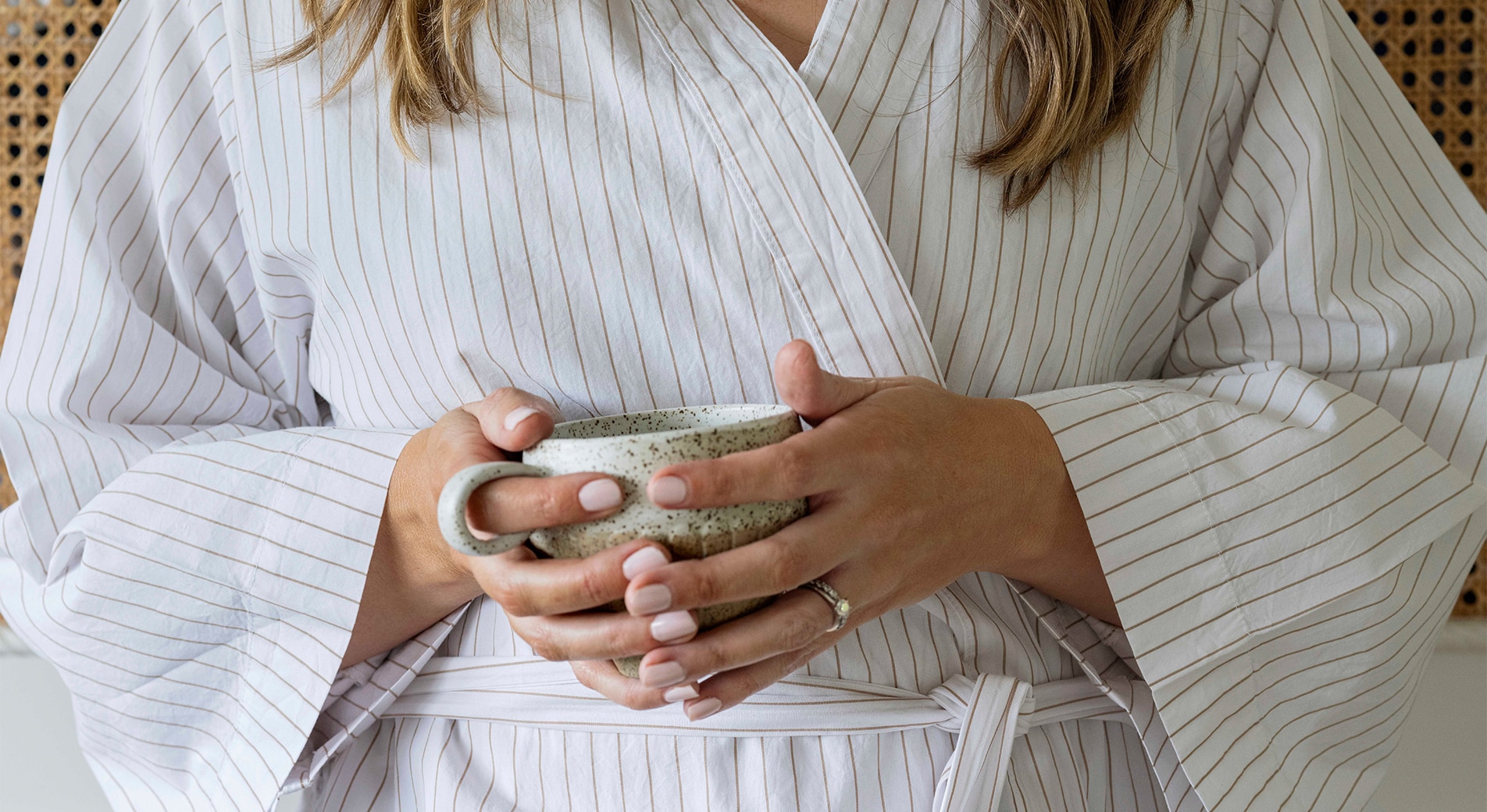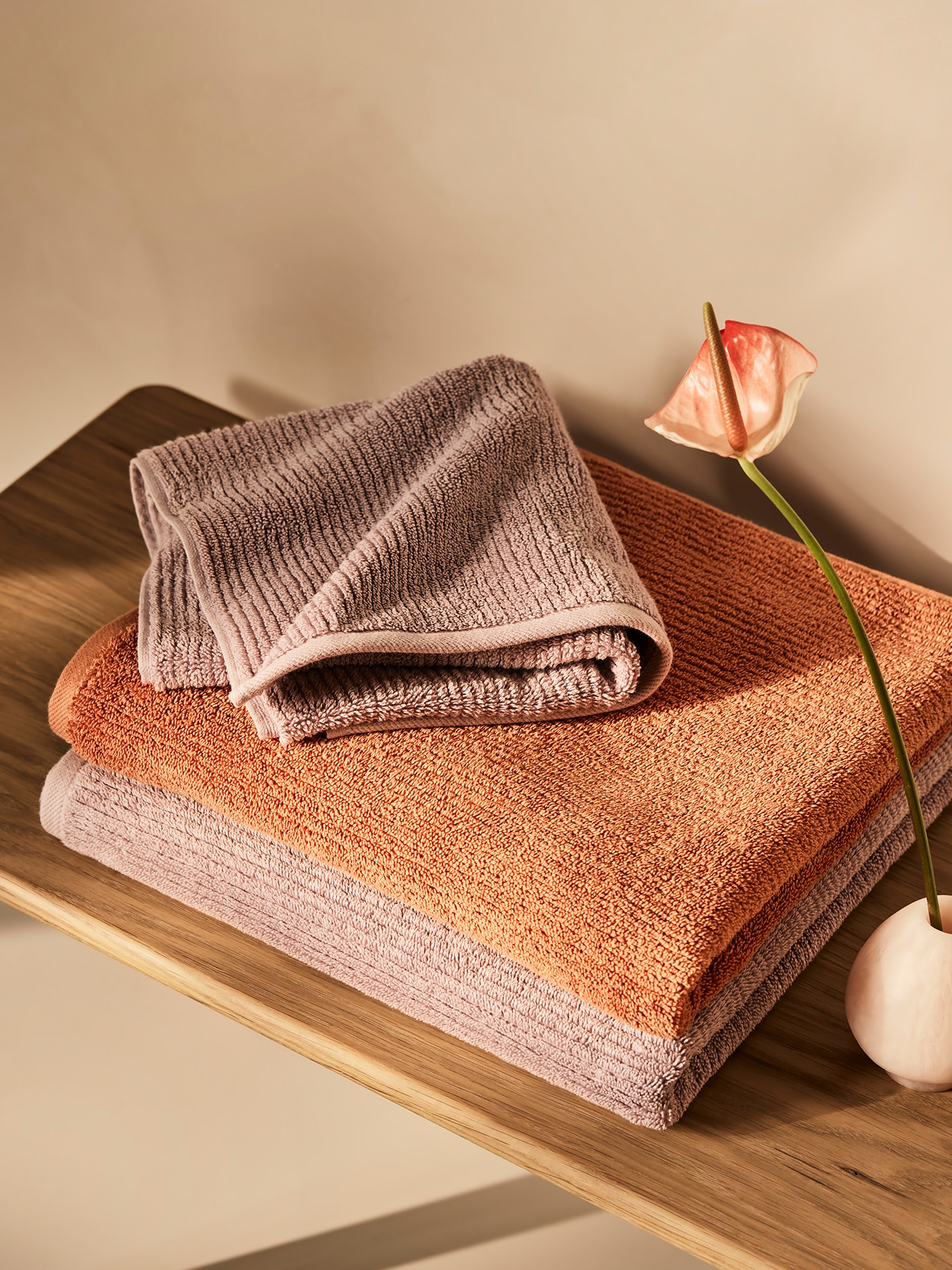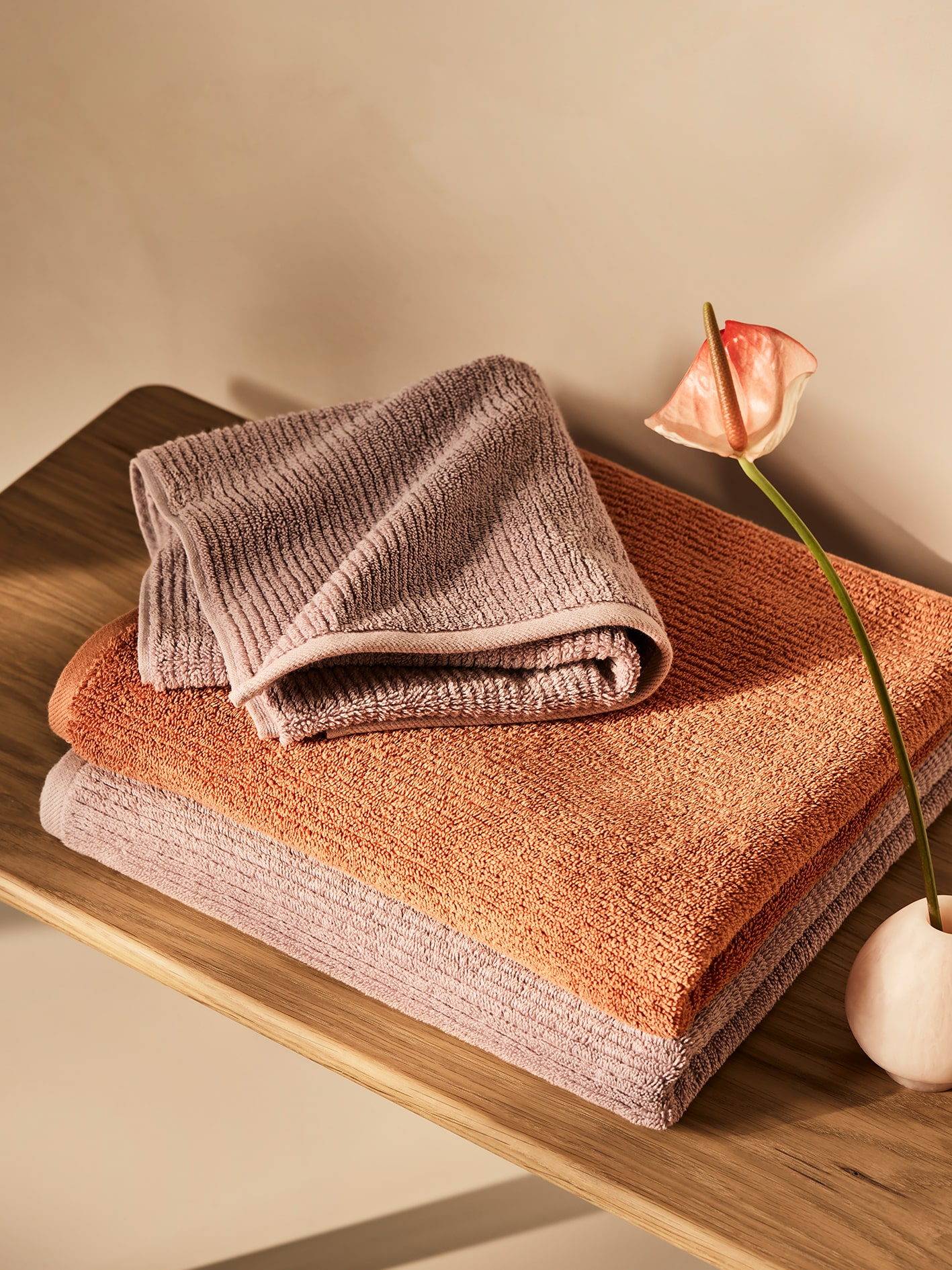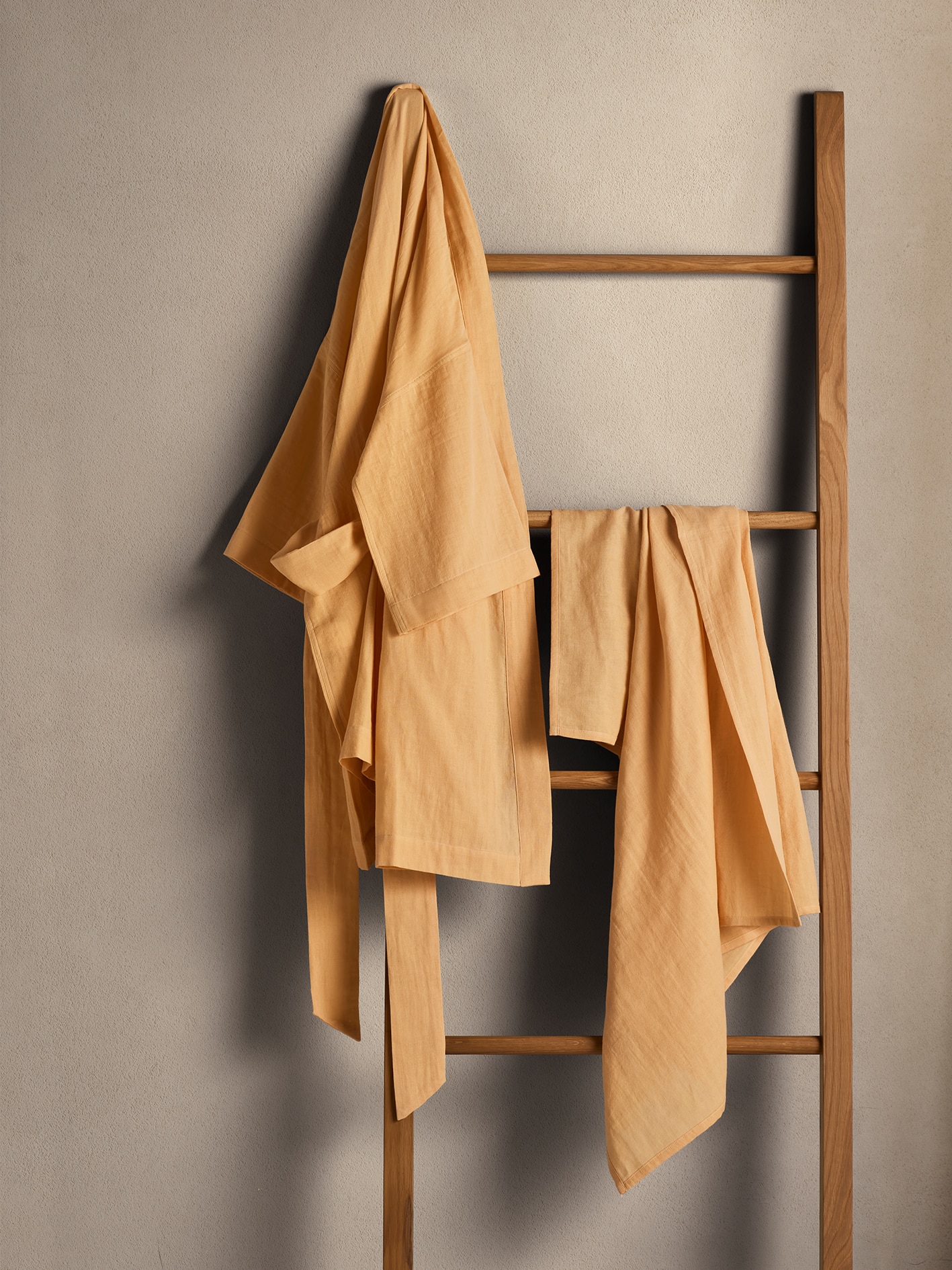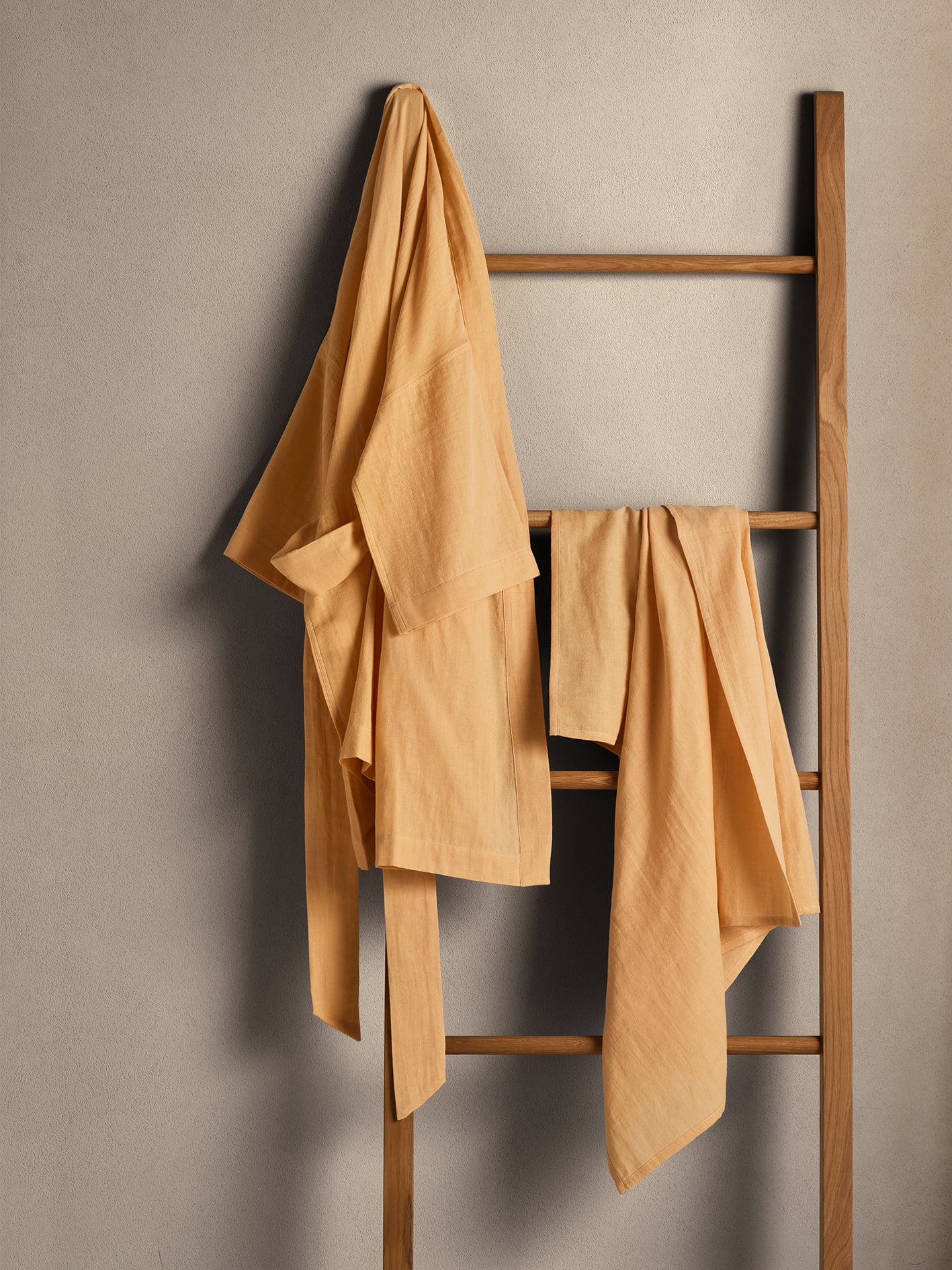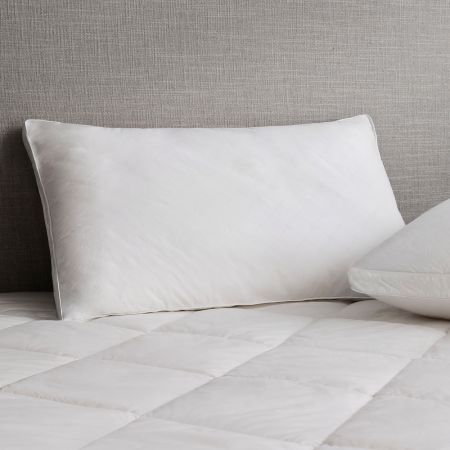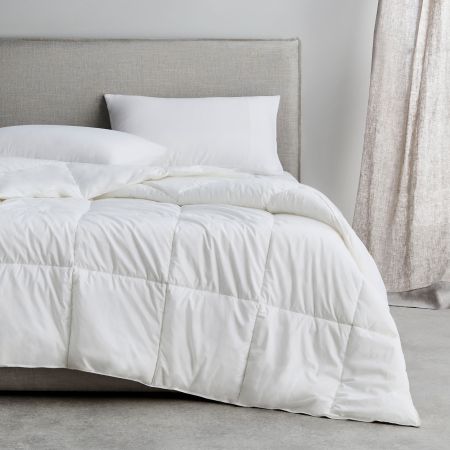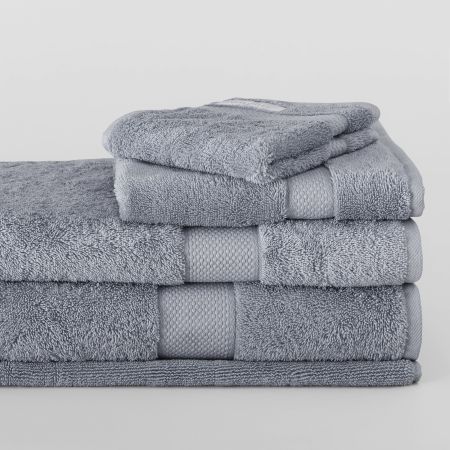When it comes to self care, what do you think of? Is it more of a “treat yourself” moment, a la Donna & Tom from Parks & Rec, or is it a more radical act of “self-preservation”, as written by activist and poet Audre Lorde, in her essay collection A Burst of Light?
It’s safe to say that the topic is everywhere — in 2020, the year that wasn’t, a third of consumers increased their self-care behaviour. It’s also safe to say that, as an industry, it’s growing astronomically — by 2026, the industry is estimated to have a $13 billion value. And that’s before it’s overlaid with tech and wellness (looking at a grand total of $1.5 trillion there.)
But with so many mixed messages out there as to what it is, the types of self care, how to practice it and even confusion around the benefits of self care — well, we’re here to get to the bottom of it.
Even more than that, we’re going to help you with the “how to” of practising self care at home. Because as people in the business of being in your home (through our products, we’re not rocking up for a cup of tea), we know just how important taking time to yourself really is.
What is Self Care?
The National Institute of Mental Health in the US inextricably links self care with mental health. In fact, in their words: “Self care can play a role in maintaining your mental health and help support your treatment and recovery if you have a mental illness.”
Closer to home, the Black Dog Institute says self care refers to “the activities and practices that we deliberately choose to engage in on a regular basis, to maintain and enhance our health and wellbeing.” Or as Life in Mind writes, it’s an “ongoing commitment to look after yourself”, specifying “helpful behaviours that protect your health during periods of stress.”
And, it’s important to note, that across the board it’s said that there’s no one-and-done formula for self-care, that we’ll spend practising and tweaking and changing throughout our lives over time.
Why is Self Care Important?
Going from the most scientific, it turns out a “lack of activation’ in self-care is a better predictor of adverse health outcomes” than the traditional socioeconomic factors you usually hear about, like ethnicity or age.
So, on the other hand, the benefits of self care include the fact it can help with managing stress, can lower your risk of illness, and increase your energy — Audre Lorde wasn’t lying when she called it self preservation.
It’s also said, by Black Dog Institute, that a self care plan, in particular, can help you focus, make decisions and stay healthy. Taking care of your own wellbeing can help you take care of others — like the old chestnut you hear on planes about putting on your own mask first, before assisting those around you.


What Are the Different Types of Self Care?
As we said earlier, there’s no one-size-fits-all solution to self-care. What works for one, might not work for another, and it may be that you need to focus on physical self care, while a friend needs to focus on mental self care.
But we’re getting ahead of ourselves — here are some of the various types of self care (but not at all an exhaustive list).
Physical Self Care
This is not just in terms of moving your body and eating well — although both these things are important. It’s about taking care of your body in a multitude of ways that enhance your physical wellbeing.
Like through sleep (as our White Paper revealed, 56% of us don’t think we’re sleeping enough), or through taking care of physical needs. Think, do you have an overdue doctor’s or dentist's appointment? Are you actually flossing daily?
Emotional Self Care
Not to be confused with mental self care, another type of self care (which we’ll get to shortly, promise). Emotional self care is about engaging in activities that help you with — you guessed it! — your emotions. It’s in terms of connecting with them, processing them (in a healthy way, not just with stress), and reflecting on them.
Think: talking to a therapist or loved one, journalling, morning mantras or affirmations.
Mental Self Care
Ok, so now we’re at mental self care. This differs from the above as it’s in terms of stimulating your brain — what (and how) you think, what you’re filling your brain with. It’s also about nurturing it and listening to it.
It could be a combination with the below, like a games night with friends. Or it could be a puzzle, sudoku, Wordle (or any of its offshoots).
Social Self Care
As we get older, it seems like everything else in life gets in the way of a *social* life — calendars book up months in advance. But as in Funny Girl, people need people; we’re social beings, who sometimes need to be social butterflies.
And relationships with loved ones — family, chosen family, friends — are important to your wellbeing, and cultivating those takes time and energy. Something like a games night, a weekly facetime call, or a monthly dinner at a new restaurant.
Practical Self Care
Not to be confused with physical self care, this p is about actions and activities you can take to fulfil core aspects of your life, to prevent future stressful situations.
Like meal-prepping to save money, planning outfits in advance to save time in the morning, spring (and every other season) cleaning your home, paying bills on time, and putting together a budget.
How Often Should I Practice Self Care?
Sometimes, life just really kicks you in the shins (and then some), and an entire self care day is necessary. Other times, you may have realised it’s been a long time since you’ve partaken in any self care whatsoever, and so you get back in touch with yourself through something like a self care at-home spa.
But as it turns out, it doesn’t have to — and shouldn’t — get to the point where you’ve let self care fall so the side it’s beyond sporadic. As mental health professionals say, “even small acts of self care in your daily life can have a big impact.”
Life in Mind says although there’s no specific time frame of frequency for practising self care, it’s important to try and practice it every day.
How to do Self Care From Home
But how do you even incorporate self care into your daily routine? Well, that’s where self care at home ideas come in. Because, as it turns out, home is the “primary place” for not only self care but also meditation and healing practices, according to trend forecasting company, WGSN.
Here are just some activities that solve the query of how to do self care from home — some you already incidentally take part in, but can improve, some that you can start doing monthly, fortnightly, weekly, daily until it becomes second nature.
Get a Proper Night’s Sleep
Your body needs sleep to function. As Sleep Expert Rosemary Clancy tells us, it’s essential for our physical and mental health; assisting with everything from tissue and cell repair to memory consolidation.
And the environment plays an important part — a pillow that supports your head and neck, a quilt that keeps you cosy and comfortable while you rest. Even an eye mask to block out any disruptive light.
Stretch as Soon as You Wake Up
Once that alarm goes off, one of the best ways to get out of bed (or force yourself to do so) is to just sit up. It’s that simple. Then swing your legs over the side and have them hit the floor — that change in texture underneath your tootsies will help.
After you’re up and at ‘em, set a five-minute timer and stretch your body; you don’t even have to change out of your pyjamas. Think of the type of stretching your pet dog or cat would do, which has you saying “Ooh, big stretch!”. Find one on Pinterest or Youtube, or print one out and stick it on your wall.
Podcasts While You Prep
If you’re prepping breakfast, jumping in the shower, slapping some make-up on, or just taking your time on the toilet, you can pop on a short podcast that’ll last as long as your activity (sometimes, even shorter).
It could be a foodie fix, a frog of the week (yes, it exists), science podcasts, whatever you’re interested in.
A Self-Care at Home Spa
This doesn’t have to be too extravagant — no hour-long baths every day here, people — but it can be a way to relax, at whatever frequency you like. Whether you’ve got a shower or bath, bring out the fancier oils, salts, scrubs and make a moment of it. Light a candle, get a slow playlist on, the works.
After? Dry yourself in the cosiest towel possible (whichever’s best for you), moisturise yourself head to toe, and then wrap yourself up in a comfy bathrobe after (your choice if you prefer plush, slinky, or crisp and lightweight).
And another thing — do try and have a shower every day. It’s easy to skip (especially if you’ve got mental health issues), but you’ll always feel better for it. Try setting an alarm for the same time each day or night, to remind yourself.
Use Your Body to Let Go
Sometimes, days just suck — you miss the bus, you get the wrong coffee order, someone at work chews you out, you fight with a friend or family. And oftentimes, after we think over it (and overthink it), our body takes the blame — shoulders drawn high, jaw tensing, a deep frown.
So, use your body to let go of that mood. Put on some music, and dance like no one’s watching — thrash your head about, let those limbs loose. Or get a pillow or cushion, lay it atop your mattress, and punch, whack, karate chop it. Write a letter, pour it all out on the page, and then rip it up, burn it (safely), toss it out.
Give Yourself One Sincere Compliment Every Day
Call it a mantra, an affirmation, or just a good old-fashioned compliment. Sometimes our brain gets away with us, and it can be awfully nasty. Tell yourself out loud, or in the mirror, morning or night, one thing you like about yourself; one good thing you did today.
Maybe it’s a great outfit, maybe it’s the fact you say hi to every dog you see. Perhaps you did something at work that got noticed, you lifted heavier at the gym, or your freckles look extra cute today. Maybe it’s the fact you got through a tough day altogether.
Great job you!
